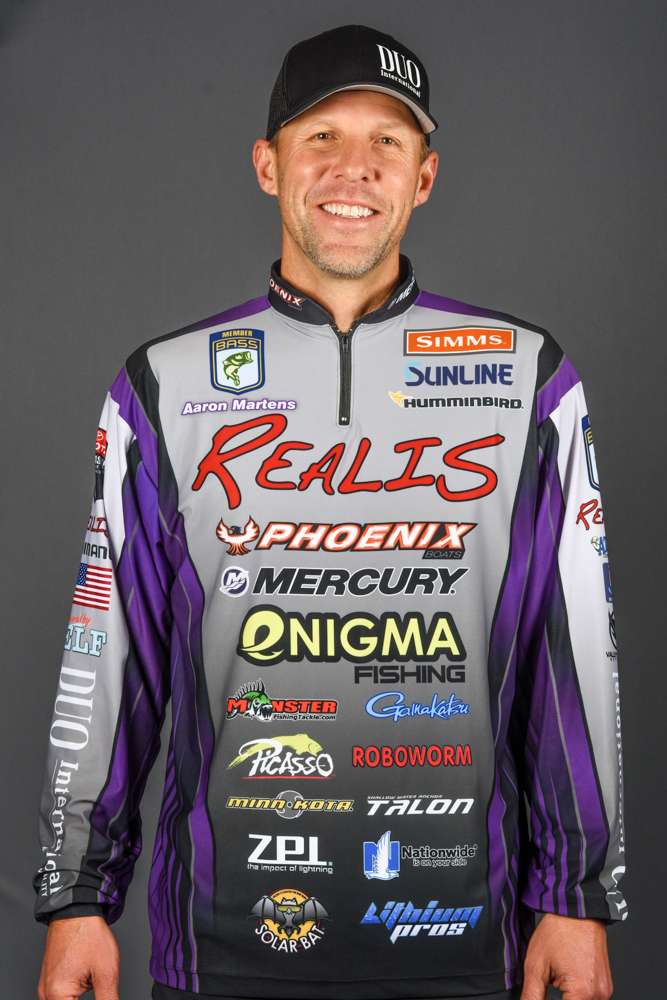With all this talk about the "mystery lake" and the big reveal next Thursday (May 24), it got me thinking. It'll be exciting to see which anglers can break down the lake with no information from outside sources. It'll be one time that most of the field is going to start with the same amount of information — none.
On a side note, I'm really impressed at how well B.A.S.S. has kept the secret. With all the planning that goes into a big event like an Elite Series tournament, that couldn't have been easy.
I figure there's no better time to discuss some of the things I do to break down a new body of water. Of course, every body of water is different, but here are some ways to help you put the puzzle together.
Never wait until you get to the water to get started. Start on the computer by checking out satellite imagery. With Google Maps and similar sites, you can use their aerial photography to get a general feel for the way the lake lays out and the major components of the place. Don't necessarily use this to find good spots, but to eliminate bad areas and get a general feel for the place. Keep in mind the darker the water the deeper it is, in most cases.
The next thing to look for is what type of fish are in the body of water. Are there trout, tilapia, stripers, hitch, etc? Then figure out what baitfish it has — threadfin shad, gizzard shad, blueback herring, etc. Almost every lake has several species of bluegill and crawdads, so don't worry about those very much. This is great information to start planning for the colors of baits to use.
Once you get to a lake, where possible, drive around the shoreline. Check out the water color? What banks will be windblown, if the wind blow? What types of cover are available? I've actually had many great fishing days on stuff I found from the car on the drive to the ramp.
Once you're on the water, you'll need to get some fish in the boat to start putting a pattern together. When you catch a fish, examine it. Look at the color of the fish. The darker the fish, the shallower it has been. If you catch a lighter-colored fish shallow, you'll know it has recently moved up from deeper water. Look at the color around its mouth. Fish will get red around the mouth when they eat a lot of crawdads on rocky bottoms. Look in their throat and see if any recent meals are still working down through the fishes gullet. Finally, feel the fishes belly. Sometimes you can tell what they've been eating. Try to see if you can tell not only what it was, but how big it was. This information can help you "match the hatch."
The more information you have about a place, the better chance you have of being successful. Look at past tournament results to see the size of fish you'll need to target to have a chance at winning. Knowing the size of fish you're going to need will tell you whether the ones you're catching are going to make you competitive.
Finally, once you're on the water, use all your senses. Put the iPod down and listen for surface feeding activity, active birds, frogs, etc. Sometimes you can even smell when there are or have been a lot of baitfish in the area, especially if bass are feeding on them. Keep your eyes open and focused on your surroundings, because even fish you don't catch can start to giving you the picture.
The challenge of a new body of water is exciting to me. Enjoy piecing the puzzle together as much as catching fish. There are few things better than finding that incredible bite everyone else has missed. Whether it's you and a couple of buddies out fishing or a 200 boat tournament, if you find that great pattern everyone else has missed, you win!





